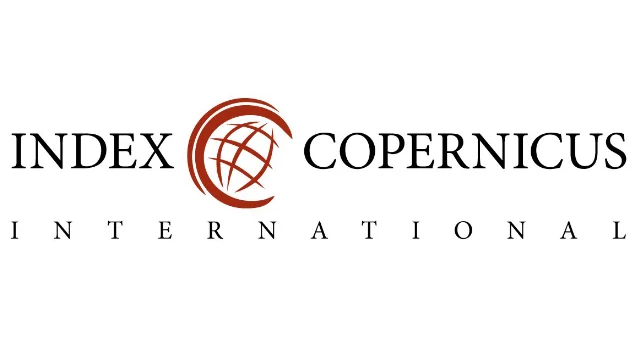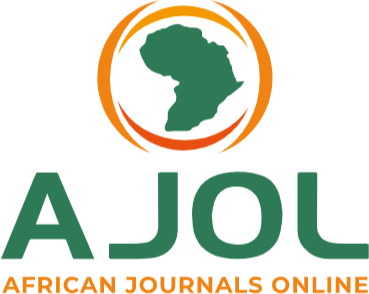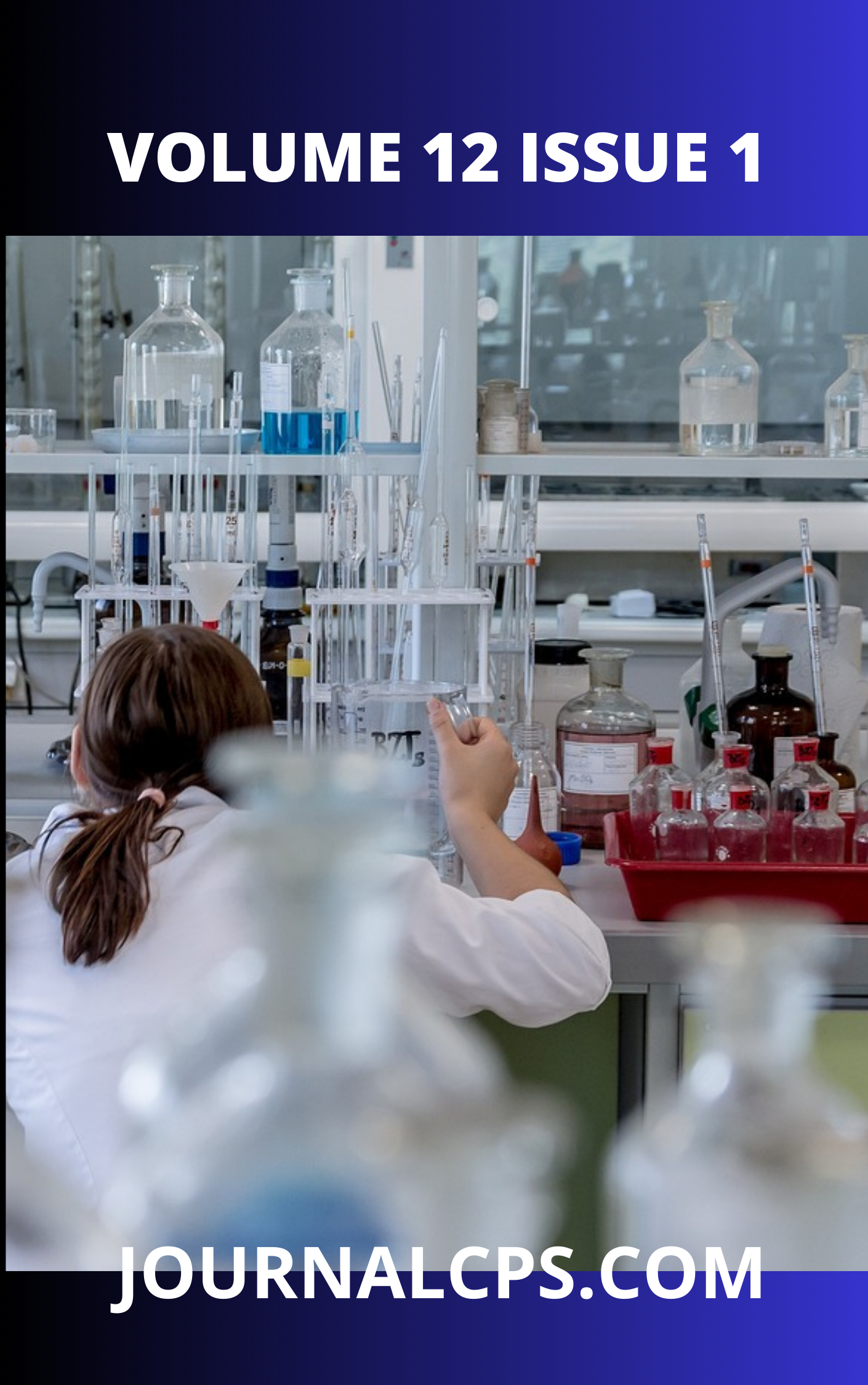Resource recovery from Sugar Cane Biomass for the Synthesis of Silicon Nanoparticles
DOI:
https://doi.org/10.4314/aqh0dn30Keywords:
resource recovery, sugar cane, waste, silicon nanoparticles, synthesis, characterizationAbstract
This study presents a green synthesis approach for silicon oxide nanoparticles (SiONPs) using plantain peels, highlighting their structural and surface
properties, potential applications, and environmental benefits. UV-visible absorption spectroscopy revealed a peak absorption at
341 nm, corresponding to a bandgap of 3.87 eV, confirming the semiconductor nature of the synthesized SiONPs. The X-ray diffraction (XRD) analysis displayed a prominent peak at 69.24°, indicative of high crystallinity and minimal amorphous content, with a calculated crystallite size of 0.23 nm based on Scherrer’s equation. Brunauer-Emmett-Teller (BET) surface area analysis showed a surface area of 198.98 m²/g, exceeding literature values and suggesting enhanced adsorption properties. Additional analyses using Barrett-JoynerHalenda (BJH), Dubinin-Radushkevich (DR), and Density Functional Theory (DFT) models indicated a mesoporous structure with an average pore diameter of 5.5545 nm and a pore volume of 0.0371 cc/g, suitable for applications requiring high surface area-to-volume ratios. Compared to reported values for SiONPs synthesized by traditional methods, the SiONPs obtained from plantain peel demonstrate promising structural integrity and
mesoporosity. This research emphasizes the feasibility of using agro-waste for nanoparticle synthesis, offering a sustainable alternative with potential applications in environmental and catalytic processes.
Downloads
Published
Issue
Section
Similar Articles
- Okoche Kelvin Amadi, Onyinyechi Uloma Akoh, Godson Chukwudi Eric, Adsorption Studies on the Inhibitive Properties of Aqueous Extracts of Theobroma cacao (TC) Leaves on Mild Steel in 1.0 M HCl , Communication In Physical Sciences: Vol. 9 No. 3 (2023): VOLUME 9 ISSUE 3
- Adams, Abiodun Emmanuel, Comparative Study of the Proximate Analysis of Shea Butter Seed (Vitellaria paradoxa) Across three Different Locations in the Savanna Region of Nigeria , Communication In Physical Sciences: Vol. 10 No. 3 (2023): VOLUME 10 ISSUE 3 (2023-2024)
- Benjamin Odey Omang, Andrew Kalu Njoku, Temple Okah Arikpo, Godwin Terwase Kave, Geochemistry of the Ironstones in Abiati Area, Southeastern Nigeria: Implications for Ore Genesis and Economic Potential , Communication In Physical Sciences: Vol. 12 No. 3 (2025): VOLUME 12 ISSUE 3
- Musa Runde, M. H. Shagal, Y. Abba, Cow Dung and Kitchen Waste as Economical Source of Biogas: Production and Analysis , Communication In Physical Sciences: Vol. 7 No. 3 (2021): VOLUME 7 ISSUE 3
- Benjamin Odey Omang, Microchemical characterization and stream sediment composition of alluvial gold particles from the Rafin Gora drainage system, Kushaka schist belt, North Western Nigeria , Communication In Physical Sciences: Vol. 9 No. 3 (2023): VOLUME 9 ISSUE 3
- Olalekan Lawrence Ojo, Joseph Sunday Ojo, Omotoyosi Omotayo Omoyele, Statistical Characterization of Surface Duct Conditions and their Implications on Microwave Propagation Over Lagos, Nigeria , Communication In Physical Sciences: Vol. 11 No. 4 (2024): VOLUME 11 ISSUE 4
- Chidumebi Uzoho, The Role of Contaminated Water in Food Poisoning: An Assessment of Agricultural and Processing Practices , Communication In Physical Sciences: Vol. 12 No. 3 (2025): VOLUME 12 ISSUE 3
- Oluwafemi Samson Afolabi , Oluwafemi Samson Afolabi , Communication In Physical Sciences: Vol. 12 No. 4 (2025): VOLUME1 2 ISSUE 4
- Gideon Wyasu, Batch adsorption of Hg2+ and As3+ ions in Hospital wastewater using activated carbon from Balanites aegyptiaca and Detarium microcarpum , Communication In Physical Sciences: Vol. 5 No. 4 (2020): VOLUME 5 ISSUE 4
- Chidi P Njoku, Raina A. Ekpewu-Ovie , Isaac O Odiba, Maduabuchi J. Nwosu, Chintua E. Igara, Isolation and Structure Elucidation of Buchholzcine A, a Novel Steroidal Cyanoformamide from the Stem Bark of Buchholzia coriacae Engler (Capparaceae) , Communication In Physical Sciences: Vol. 12 No. 4 (2025): VOLUME1 2 ISSUE 4
You may also start an advanced similarity search for this article.




